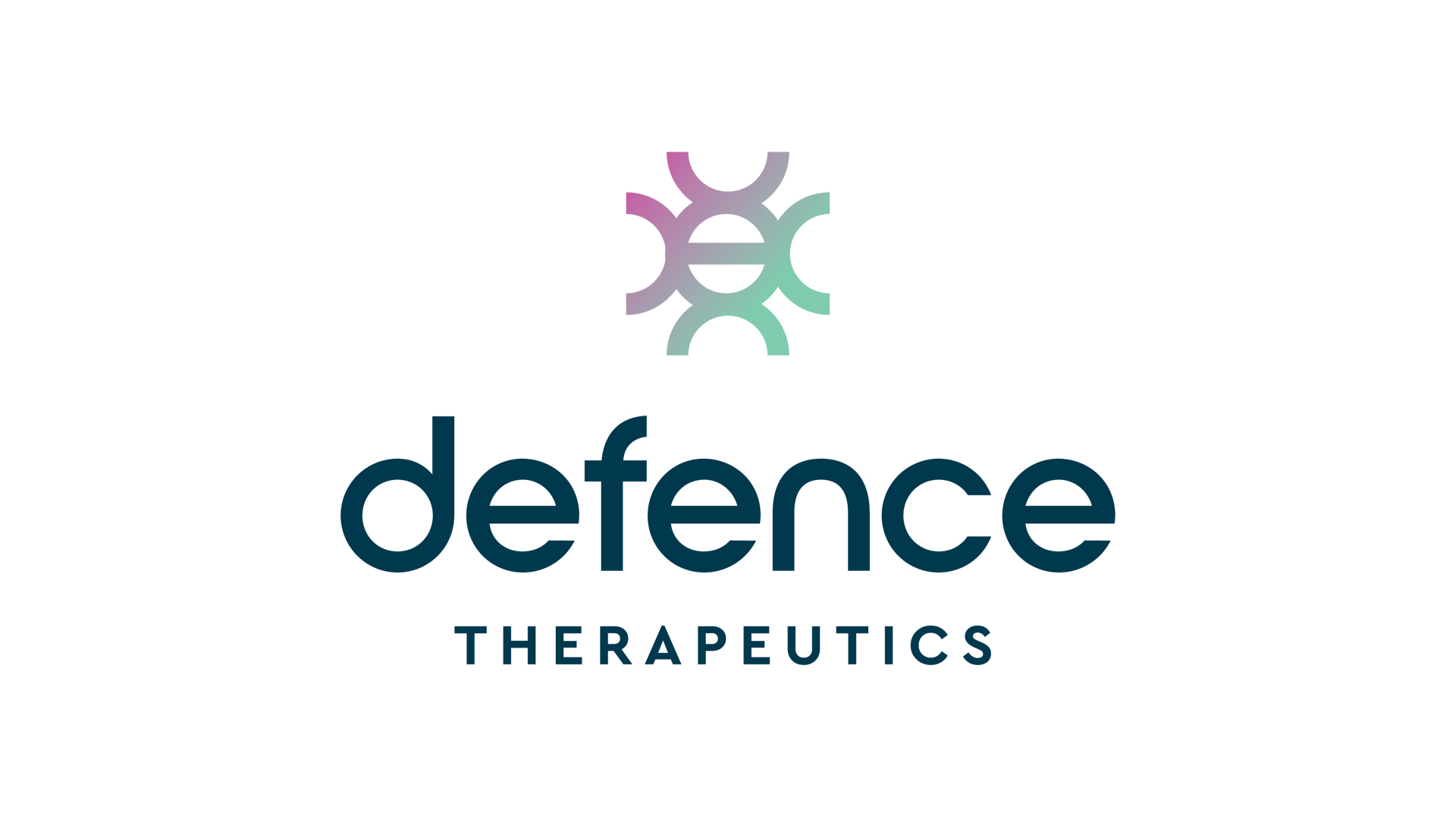
In its quest to optimise treatment for cancer and infectious diseases, Defence Therapeutics illustrates how its groundbreaking Accum technology elevates the performance of vaccines and antibody drug conjugates.
The principal technology developed by Defence Therapeutics (DT) is a biological drug enhancer platform named “Accum”, which is capable of improving the efficacy and safety of a multitude of biological/biosimilar-based pharmaceuticals used in the treatment of cancer and infectious diseases. The AccumTM technology takes a plethora of biological/biosimilar-based pharmaceuticals to a new frontier by enabling efficient intracellular access while maintaining target cell specificity. The Company’s product pipeline focuses on effective intracellular access by different types of vaccines (DNA, RNA and protein) and a protein-delivery system such as monoclonal antibody (mAb)-based therapies.
Development of Core Technology: Cell Accumulator (Accum)
DT’s core technological research was initially based on addressing a significant and common challenge in the vaccine and antibody drug conjugates (ADCs) fields that limited their efficacy. More specifically, when a target cell binds and internalises an antigen or an ADC, the complex is entrapped inside intracellular small vesicles named endosomes. Ultimately, these endosomes undergo maturation, consequently leading to their degradation prior to eliciting their respective role or function. Thus, endosome-lysosome entrapment is a major issue limiting the efficacy of those types of therapy. With the use of the Accum enhancer formulation, improved intracellular delivery of biological therapeutic agents could be obtained by inducing their escape to the cytosol, thus improving their therapeutic efficacy. The following section will highlight three research programmes in DT’s pipeline.
Effective ADC design
Antibody drug conjugates represent an example of transformative oncological pharmaceuticals as they localise chemotherapeutic action at the site of the tumour and thereby reduce systemic toxicity associated with traditional chemotherapy. However, ADCs are often trapped in lysosomal structures resulting in insufficient intracellular accumulation of the delivered chemotherapeutic necessary for potent tumour killing. By linking Accum to antibody drug conjugates, intracellular vesicle ruptures occur, leading to efficient intracellular drug accumulation in cancer cells consequently leading to their cell death.
Accum-Kadcyla (T-DM1) in development
DT has demonstrated that Accum modification of the Food and Drug Administration (FDA)-approved ADC Kadcyla (T-DM1) enhances the killing of metastatic breast cancer cells. As such, the Accum technology will be able to increase T-DM1 effectiveness with further development. A collaboration with the HUS Cancer Center (Finland) and the Curie Institute (France) is currently ongoing to test the T-DM1 in PDX models prior to initiating a Phase I trial.
Accum-⍺-amanitin (⍺A)-ADC in development
The ⍺-amanitin (⍺A) is one of the deadliest toxins known to mankind and is the principal agent of the amatoxin family of compounds produced by Amanita phalloides. ⍺A specifically inhibits the enzyme RNA Polymerase II (RPII), which is responsible for synthesising RNA from DNA. Due to its high toxicity, ⍺A must have a clinically acceptable therapeutic window. ⍺A has previously been developed as an ADC and shown to effectively kill colorectal cancer (Liu et al.,Nature, 2015). DT’s preliminary data shows that modification of an ADC conjugated with ⍺A targeting aggressive breast cancer increased cell killing by factors of 2000 and 73 compared to the approved breast cancer ADC (T-DM1) and the matched ⍺A-ADC without the Accum-modification.
Effective Vaccine Design
Besides ADCs, the Accum technology is highly suitable for the vaccination field. More specifically, antigens that are normally captured by dendritic cells (DCs) – the best antigen-presenting cells present in our body- are first entrapped in endosomes. While maturation of these endosomal organelles occurs, the pH decreases (becomes acidic ⁓4-5) in order to trigger the activation of specific enzymes as a means to initiate non-specific antigen degradation. As a result, the generated fragments can then pass via endosomal pores to reach the cytoplasm, where specific antigen degradation takes place by the proteasomal machinery. Although this process occurs naturally, the generated antigen fragments are often damaged, which renders them unsuitable for proteasomal degradation.
By using the Accum technology, captured antigens are preserved in their natural conformation while being delivered to the cytoplasm. As such, proteasomal degradation ends up leading to a higher number of immunogenic and stable peptides presented at the surface of DCs and capable of eliciting potent T-cell activation.
Anti-cancer DC-based vaccines (AccuVAX-D001)
Non-specific degradation of endocytosed proteins by endo-lysosomal organelles has been long recognised as a major deterrent to various therapeutic strategies, including DC-based vaccination. To overcome this limitation, proteins derived from cancer lysates were conjugated to an Accum moiety to protect the endocytosed antigen from non-specific endosomal degradation by promoting its escape via endosomal membrane disruption. This approach dramatically improved protein processing and cross-presentation by ex vivo developed monocyte-derived DCs (known for their weak to moderate antigen cross-presentation properties). Furthermore, monocyte-derived DC pulsed with Accum-linked ovalbumin elicited potent CD4 and CD8 T-cell responses compared to the use of naked proteins. The net outcome culminates in effective anti-tumoral responses. This vaccine technology will be soon used to initiate a Phase I trial against melanoma.
A novel cevical cancer vaccine
With the exciting results obtained with all vaccines currently in development, DT initiated a programme to develop an anti-cervical cancer vaccine to protect and treat established tumours. When tested in the context of prophylactic vaccination, the Accum-E7-protein-based vaccine led to complete protection against cervical cancer despite multiple challenges using the C3.43 cell line. With these encouraging data, a therapeutic trial was conducted using Accum-E7 in combination with various immune-checkpoint blockers (anti-CTLA4, anti-PD1 and anti-CD47). Although efficient at inhibiting tumour growth in all conditions, the use of the anti-CD47 antibody led to the best therapeutic effect. Several potency studies are currently planned to assess the dosing of the antigen, along with some mechanistic studies to depict the immune cells involved in the anti-tumoral response against cervical cancer.
Accum as an anti-cancer agent
The Accum technology platform is very efficient at enhancing intracellular delivery of proteins of pharmacological interests such as antibody drug conjugates or vaccine antigens. However, a novel anti-cancer function was discovered for “free” Accum. More specifically, when directly delivered without direct linking onto protein, the Accum moiety behaves as a toxic “bullet” to cancer cells. The DT team engineered and tested a large library of Accum variants (over 50), which were tested against breast, colon, melanoma and lymphoma cancers. This screening identified a variant, which was further engineered as a dimer to enhance the potency of this AccuTOX molecule. A series of pre-clinical studies were then conducted to demonstrate the versatility of the dimer molecule. In addition, it is currently being used in combination with different immune-checkpoint blockers to identify the best combination for clinical translation. A GLP study is currently ongoing, which will be followed by a Phase I clinical trial.
Summary
What is fascinating about the AccumTM technology is its versatility. It can be used on antibody drug conjugates or any protein-based vaccine antigen to enhance their intracellular delivery to target cells. Furthermore, the Accum moiety or its variants can be exploited for their anti-cancer properties allowing the development of a large number of low-cost therapeutic molecules suitable for any cancer type. This heavily illustrates how a single technology platform can be used for various applications without the need to develop other unrelated molecules with an unknown mode of action.









